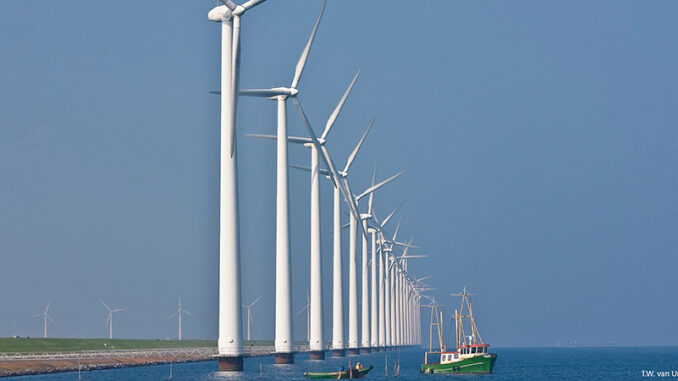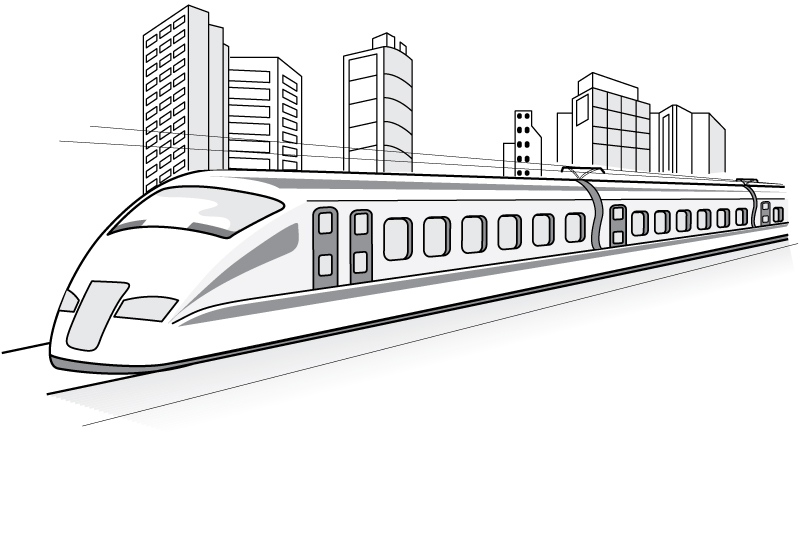
Cease Fire in Aleppo?
Over the past week, American news reports have been full of images of wounded children in the Syrian city of Aleppo. Last Thursday, a tentative cease-fire was reached in the area, which has continued to hold as of late Monday evening.
Until this month, Aleppo was the last rebel stronghold in the civil war against Syrian President Bashar al-Assad. The conflict, which began as peaceful protests five years ago, quickly escalated into what has become a full-scale war and humanitarian crisis. Hundreds of thousands of civilians have been killed in the war, and more than half of the nation’s pre-war population has been displaced. Aleppo, an important cultural and economic center, has been split between a rebel-controlled east and government-controlled west since 2012. In the last month, however, the government’s army has retaken over 90% of the city, leaving civilians stranded in eastern Aleppo. According to the UN, 82 Aleppo civilians were executed by the Syrian army last week, including 11 women and 13 children. It is reported that some of these victims were used by the army as human shields during the fighting.
The purpose of the temporary cease-fire is to allow civilians to be safely evacuated to rebel-held territory in northern Syria, near the Turkish border. Once evacuated, residents will likely have to live in refugee camps, but for many this is preferable to remaining in Aleppo, where essential supplies like food and medicine are running out and civilians face the possible threat of massacres by the government’s army. Roughly 9,000 residents of Aleppo have been evacuated so far, while anywhere from 15,000 to 40,000 still remain trapped within the city.
Turkey, which supports the rebels, has agreed to meet with Russia and Iran, who back al-Assad’s regime, on December 27 to hopefully find a peaceful solution to the conflict.
Dig Deeper Using Internet resources, research what daily life is like in a Syrian refugee camp. What are some of the challenges faced by refugees? Imagine that you and your family are residents of eastern Aleppo. Would you rather evacuate to a refugee camp, or remain behind in the city? Why? Be sure to give reasons to support your opinion.
Bullet Train in California
Crowded airports and gridlocked highways in California’s busiest areas may soon be a thing of the past.
The California High Speed Rail Authority is moving ahead with plans to build a high-speed “bullet train” that will run between San Francisco and Los Angeles in 2 hours and 40 minutes. There will also be additional stops in the Silicon and Central Valleys. Phase 2 of the project will extend the lines from the Sacramento Valley Station to the San Diego International Airport. Construction of the first, central section of Phase 1 began in 2015 and is expected to wrap up in 2019.

Proponents of the bullet train point out that without it, California can’t keep pace with the state’s rapidly-growing population: there is literally no more space to add freeway lanes or airport runways. Additionally, the electric train system will also help the environment by reducing greenhouse gas emissions and air pollution. Of course, the project is not cheap. The current estimated price tag is $64 billion. The project is also not quick to construct: the target completion date for Phase 1 is 2029, and there is no timeline yet for Phase 2. The bullet train is funded by federal grants and voter-approved bonds.
While the California High Speed Rail Authority originally requested a waiver from the Buy American Act in order to import many parts of the rail system–including motors, brakes, wheels, axles, and more–from other countries, pressure from California Democrats has caused them to reverse their position and agree to create all parts of the project here in the U.S. Therefore, in addition to its other advantages, bullet trains will also contribute to American job growth.
Dig Deeper Using the Internet, locate a map of California. Identify the length (in miles) of the entire bullet train project. Roughly how much will the project cost per mile? In your opinion, is the bullet train a good use of government and taxpayer money? Why or why not?
Did Russia Hack the U.S. Election?
Ever since October, the possibility of illegal Russian involvement in the 2016 presidential election has been widely discussed. Now, however, the CIA has said that not only did Russian hackers interfere in the election, but that the hacks were aimed at helping secure Donald Trump’s victory.
According to the recent CIA report, during the election, Russian hackers stole data and thousands of emails from the Democratic National Committee, which were released to the public by WikiLeaks and damaged Hillary Clinton’s campaign. Latest reports indicate that the Russians hacked into the personal information of Republicans as well, but they did not release any of those findings to the public. U.S. officials have indicated that the alleged hacking was sophisticated enough that it must have been approved by the highest levels of Russian government. Furthermore, there is also evidence that the Russian government paid for so-called “troll farms” to spread fake news about Clinton during the campaign.
A growing number of Republican and Democratic legislators–including Republican Senate Majority Leader Mitch McConnell–have called for a bipartisan investigation into Russian interference in the election. Congressional Democrats have requested that President Obama declassify the CIA’s report before President-elect Trump takes office in January.
U.S. intelligence agencies agree that Russian hacking against U.S. political organizations has continued since the election.
President Obama vowed last Thursday to retaliate against Russia, but has not been specific about what manner of retaliation will take place, or when. And he is running out of time: any punishments or economic sanctions he sets up against Russia could be removed when Trump takes office on January 20. Trump has denied claims of Russian interference in the election, and expressed doubt about the validity of the CIA’s conclusions.
Last Friday, Russian President Vladimir Putin challenged the U.S. to provide proof of its accusations.
What Do You Think? Imagine that you are a member of Congress. If it is true that Russian hackers did interfere with the outcome of the 2016 presidential election, what actions would you encourage President Obama to take in response? Why?
First Offshore Wind Farm in the U.S.
On December 12, wind turbines three miles off the coast of Rhode Island began producing power. Though the United States is not new to wind power, this is the first time that an American wind farm has been built offshore.
The Rhode Island wind farm, though small (5 turbines), cost about $300 million to build. This isn’t surprising: offshore wind farms are usually more difficult and expensive to build than those on land. There are lots of rules about what can be built on the sea floor, and installing submarine power cables is costly, and many people with ocean views don’t want them obstructed. However, the cost is offset by the value: winds over the ocean are usually stronger and more constant than winds on land. Also, offshore wind farms can be built much closer to major metropolitan areas than those on land.
Estimated to reach full capacity next month, the new wind farm will supply power to Block Island, a small tourist destination that has always used diesel-fueled generators for power in the past. If all goes well, however, this could be just the beginning. President Obama has already announced a lease for a 15-turbine wind farm off the coast of Long Island. The U.S. Department of Energy has stated that if wind farms were built in all suitable areas, they could provide twice as much energy as the U.S. currently uses.
Though President-elect Donald Trump has vowed to remove tax credits from renewable energy sources such as wind farms, analysts say it won’t make much difference. Wind power brings cheap energy and well-paying jobs, and in some places, prices for wind and solar energy are already cheaper than for coal. And most importantly, renewable energy sources, such as wind, are essential to fighting the devastating effects of climate change.
